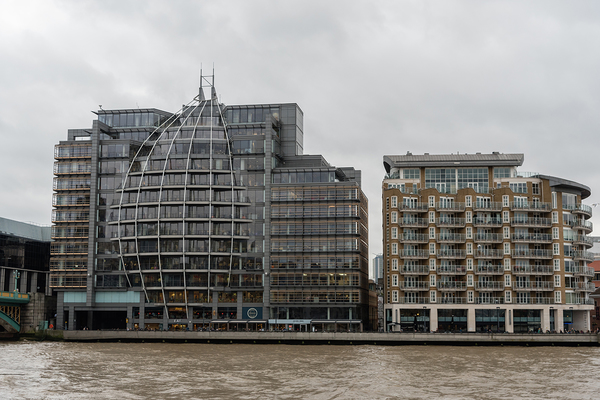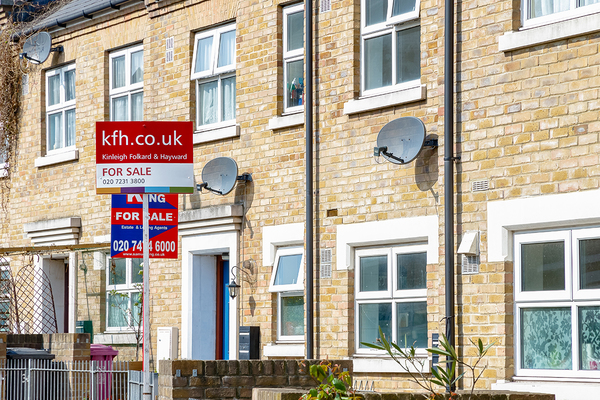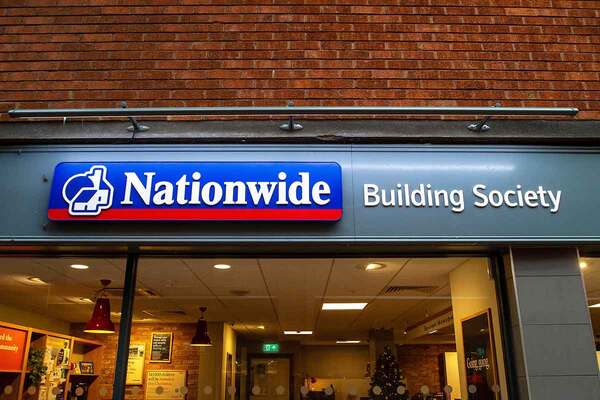You are viewing 1 of your 1 free articles
Global Accounts 2018: sector’s operating surplus falls for the first time
Housing associations’ operating surpluses have fallen for the first time since the regulator started collecting data for its sector-wide accounts, as rent cuts bite and costs rise.
In its annual Global Accounts for the social housing sector, the Regulator of Social Housing reported that due to increased costs, the sector’s operating surplus on social housing fell by 2% from £5.2bn to £5bn.
The regulator started collecting data from accounts in 2004 and this is the first time that it has recorded a fall in operating surplus, also recording a fall in the overall operating margin to 28%.
This was largely a result of an increase in management costs, which went up by 6%, or £152m, and an increase in spending on major repairs, which went up by 4%, or £20m.
The regulator also explained the fall in operating surplus by the fact that the financial year was the second of George Osborne’s rent cut and the first in which providers had to reduce rents on most supported housing properties.
Despite this, the regulator reported that the sector’s financial performance was “strong”, with the sector’s underlying surplus continuing to increase, going up by 5% to £3.7bn.
The Global Accounts also record that social landlords raised £10bn in new debt facilities from banks and the capital markets, up 32% from the previous year, in which they raised £7.6bn.
This increase is roughly in line with the trend from the previous year, which saw borrowing increase to £7.6bn from £5.2bn.
According to the regulator, in March 2018, the sector had more than £17bn in undrawn loan facilities and £6bn in cash, meaning housing associations have plenty of access to funding.
Meanwhile, the sector’s involvement in homes for market sale continued to increase, with the value of homes held for sale at the end of the year increasing 17% to £5.6bn.
Fiona MacGregor, chief executive of the regulator, said: “2018 saw the sector deliver a strong financial result while increasing its investment in both new supply and existing properties. Record levels of debt finance were arranged, leaving the sector well-funded for the future.
“The increase in capital spending commitments is also to be welcomed as the sector seeks to provide good-quality homes to meet a range of needs. However, increased activity, particularly where this is tied to uncertain market conditions, brings increased risk. Provider boards must continue to monitor, manage and mitigate the potential effects of the risks to which they are exposed.”
Nick Yandle, policy leader at the National Housing Federation, said: “These figures show that housing associations are continuing to invest in their existing residents and homes, having upped expenditure on repairs and maintenance by 3%, as well as increasing investment in new and existing homes by 8%.
“The sector has also made a vital contribution to tackling the housing crisis, completing 41,556 new homes last year, 9% up on the previous year, including more than 85% affordable.
“This shows how well placed housing associations are to create well built, well managed, sustainable communities going forward. This is more important than ever in the context of Brexit and potential future economic uncertainty.”










